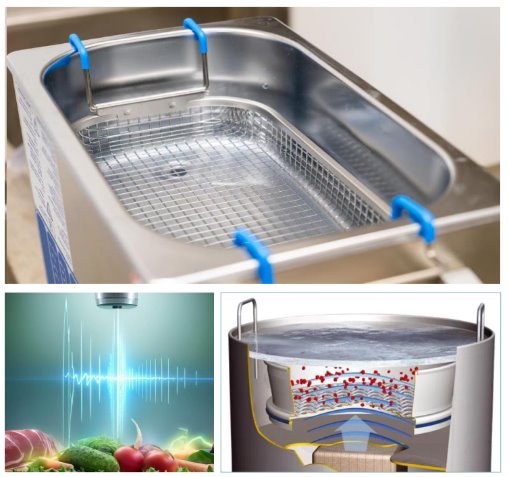Foods, if stored at room temperature without special precautions, can, over time, undergo alteration of their organoleptic characteristics (taste, smell, etc.) and, in some cases, can become harmful to the consumer’s health.
The causes of these alterations can be many; however, three basic ones can be identified:
- Oxidation reactions: cause rancidity of fats, alterations in the color and aroma of the food;
- Enzymatic modifications: release of enzymes capable of “self-digesting” the constituent cells of the food leading at first to its ripening and then to its decomposition;
- Microbial modifications: development of microorganisms that use the food’s nutrients to reproduce; if these microorganisms are pathogenic, the food will also become harmful to health.
Therefore, it is apparent that the food industry needs to develop and use increasingly advanced techniques/methods that will maintain the organoleptic characteristics of food and ensure its harmlessness.
It is possible to distinguish into preservation methods:
- Physical: heat treatments, radiation, etc.
- Chemical: they take advantage of the addition of chemical compounds (sugar, salt, alcohol, etc.).
Lately, there has been a trend in the food industry to reduce the use of heat treatments in order to preserve all the nutritional and sensory characteristics of food products, which, in part, are degraded upon prolonged exposure to high temperatures. Among the various innovative techniques developed is sonication, which has as its principle the use of ultrasound.
WHAT IS ULTRASOUND?
Sound is a wave of compression and expansion that propagates through a gaseous, liquid or solid medium. We can perceive these waves directly by hearing if they have frequencies about 20 Hz to 16 kHz. Sound waves with a frequency higher than that normally detected by the human ear (= > 20 kHz) are called ultrasonic waves or ultrasound.
HOW DOES SONICATION WORK?
The working mechanism of sonication is based on the phenomenon of cavitation, which is the repeated creation of microbubbles within a liquid, which is followed by their implosion.
When cavitation bubbles implode in a liquid, their compression is so rapid that a small amount of heat is dissipated.
Hence the bactericidal effect on the treated food consists of:
- a thinning of cell membranes
- localized heating,
- production of free radicals
To obtain ultrasound, an alternating electric current is applied to a piezoelectric material attached to the wall of a container filled with cold water.

A sonicator, therefore, generally consists of a current generator, a converter to transform electrical energy into mechanical energy, and probes that amplify the vibration produced.
WHAT ARE THE MOST COMMON USES IN FOOD?
- Homogenization
- Dispersion
- Emulsion
- Beverage sector
- Instrument sterilization
- Microbial inactivation
WHAT ARE THE ADVANTAGES OF SONIFICATION OVER HEAT TREATMENTS?
- Reduction in the loss of nutritional and organoleptic properties of the product,
- Extension of the shelf-life of the food,
- Guaranteed greater homogeneity of the product,
- Significant energy and water savings on the production side,
- Sustainability of processing processes and low environmental impact,
- Optimization of production costs.
METACIBUS
The Metacibus project, in collaboration with Demix Group, was established with the goal of being the leading authority on food treatment and industrial processing using ultrasound. In this regard, a new “4.0 equipment” has been developed by them for the automatic, controlled-condition, cold-water treatment of food and raw materials using ultrasound, which enables the targeted and effective treatment of food, thus achieving excellent results for the food industry. Metacibus, to date, has already filed two patents-nationally and internationally-covering the technology and the process ; in addition, its R&D is working hard to demonstrate that it can achieve various benefits on products such as:

- Bone-in and boneless meats
- Vegetables and vegetables
- Fish
- Legumes
The Metacibus solution brings with it, in addition to the advantages inherently dictated by the use of ultrasonic technology, additional strengths over the competition:
- A patented ultrasonic technology for food processing
- A technology that is scalable in an industrial environment
- A modular technology that can be configured according to system requirements
- A patented system for industrial thermal control
- A system designed to be self-contained.
We at Demix Group passionately support the development of various projects that have a focus on creating and bringing to market innovative solutions to support the production of foods that encourage the adoption of the diets mentioned in this article, among which we mention that of “Metacibus.”
IF YOU ARE INTERESTED IN RECEIVING MORE INFORMATION ABOUT THE METACIBUS PROJECT PLEASE CONTACT US!




